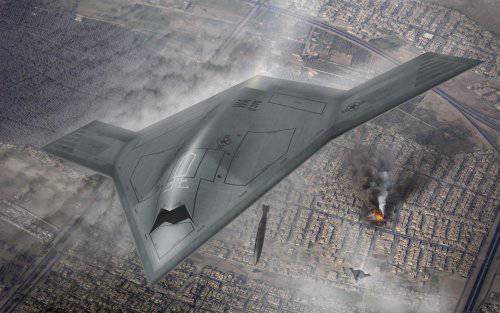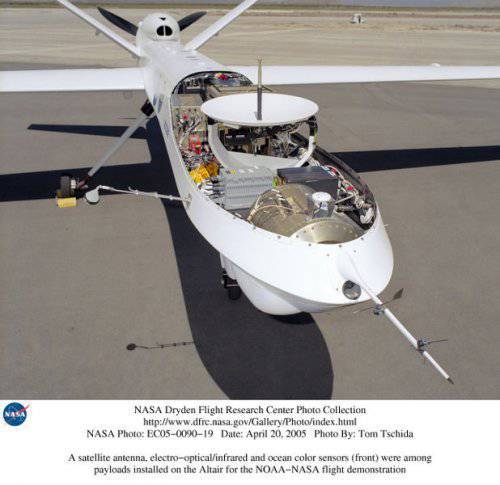UCLASS Deck Reconnaissance / Shock UAV Program
April 19, 2010 US Navy announced the issuance of a "request for information" - proposals to enterprises aviation industry to take part in the program for the creation of unmanned deck reconnaissance and strike system UCLASS (Unmanned Carrier Launched Airborne Surveillance and Strike system). It is assumed that the experimental system will include four to six UAVs capable of flying for a duration of 11 to 14 hours without refueling in the air. In this case, the target load of the devices will consist of reconnaissance and sighting sensors and aircraft weapons. UAV required to use weapon autonomously, however, the operator still has to authorize the first strike on the target.
It is planned that the pre-production UCLASS system will be ready for pilot deployment aboard the aircraft carrier, tentatively by the end of 2018. Its appearance will give the American aviation group additional capabilities to combat long-range ground (surface) targets.
The relatively rapid implementation of the UCLASS program should be facilitated by the presence in the USA of already proven technology created in the framework of experimental and demonstration programs implemented fleet over the past 10 years. The requirements of the Navy are largely based on the characteristics of the deck-based combat UAV Northrop Grumman X-47B, created as part of the UCAS-D demonstration program. When operating from the flight deck, the X-47B has a target load of 2040 kg, while its practical range is 3880 km, which is slightly less than what is required by UCLASS.
In addition to Northrop Grumman, which offers further development of the X-47В UAV, the request is addressed to Boeing, which built the technology demonstrator of the Phantom Ray unmanned deck vehicle, and General Atomix, which owns the Endinger UAV project.


Information